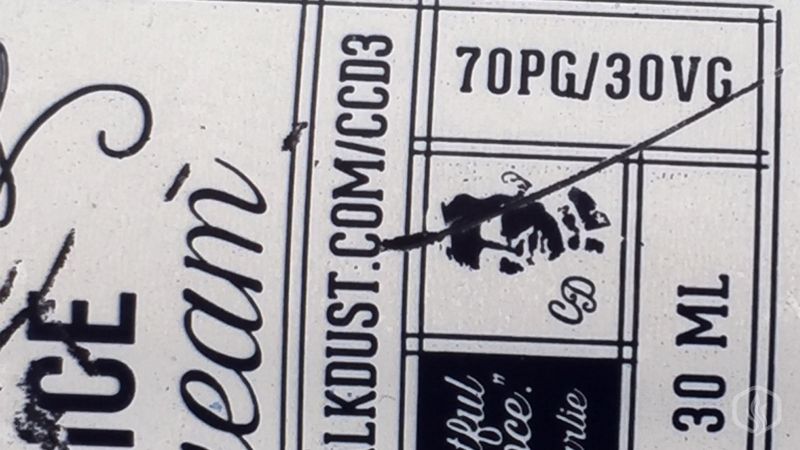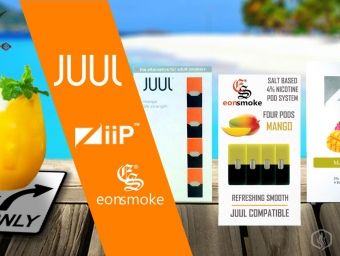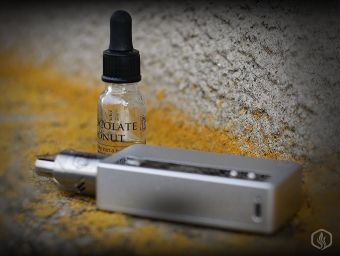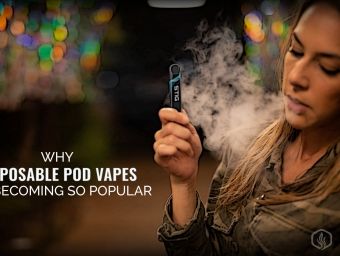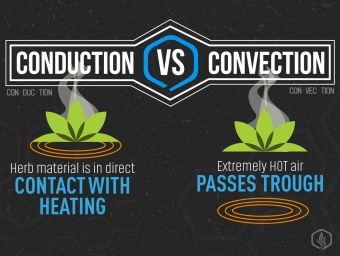Vegetable Glycerin and Propylene Glycol are the two main components of e-liquid. These odorless, colorless substances are used as carrier base and dilutant for nicotine and flavorings. The ratio to which they are mixed is responsible for some of the general properties. This includes vapor production, throat hit and viscosity. But which substance is the most important between VG vs PG? Here’s everything you need to know:
What is Vegetable Glycerin?
Vegetable Glycerin or VG is a non toxic compound derived from various plant oils. It’s odorless, colorless, viscous and has a sweet taste when vaping. It acts as a dilutant for nicotine and it has a boiling point of 290C. It is used in various industries such as food, pharmaceutical, and personal care.
What does VG do?
Within the e-liquid, VG is responsible for vapor production and smoothness. The higher the VG concentration the more vapor it will produce. Also the higher the VG concentration, the smoother the vape. This is particularly important in the case of sub ohm atomizers and tanks.
Sub ohming involves more vapor. To prevent coughing and a sore throat there are two things we need to consider. First is to lower the nicotine concentration down to 3mg or even 1.5mg. Second is to increase VG concentration. High VG or Max VG e-liquids account for a very smooth vaping experience and they work best on RDAs. Anything above 70% is usually considered High VG.

The benefits of vegetable glycerin
The first and foremost advantage of VG is vapor production. If you’re looking for clouds, high VG is way to go. Nothing fills up the room with vapor as fast as an RDA with a dual Clapton build inside, fully saturated with high VG juice. Also the smoothness is incredible. Just like breathing through an actual cloud.
The downsides of using High VG
The downside of using a high VG is viscosity. Because the e-liquids are thicker they don’t wick as good. This is particularly important for tanks. If you’re constantly burning atomizer heads then you probably need to lower the VG concentration. Also, VG tends to get even thicker when it’s cold outside so it’s probably a good idea to stay away from chain vaping in winter time.
Another thing you should keep in mind is flavor. VG is not that great at transmitting flavor and it usually requires higher quantities of concentrate. This is notably important when making your own e-liquids.

What is Propylene Glycol?
Propylene Glycol or PG is a synthetic organic compound. It’s also colorless and odorless and has a faintly sweet taste. Mainly used as chemical feed stock, it acts as a dilutant for nicotine and flavorings. It should not be confused with ethylene glycol, the main component of antifreeze.
The toxicity of PG is very low and this is why it’s used in various other industries like food and drinks, pharmaceutical and cosmetic. When inhaled it can cause mild respiratory tract irritations or allergies.
What does PG do?
Propylene Glycol in e-liquids is used as a flavor carrier. As a matter of fact many of the flavorings and nicotine found in the e-cig industry come diluted in PG. The higher the PG concentration the more intense the flavor. Most juices intended for mouth to lung use have high PG concentrations. This is because the quantity of vapor produced is less than with their sub ohm counterparts. Less vapor requires more flavor or a better carrier.
Throat hit is also influenced by PG. The more PG inside an e-liquid, the stronger the throat hit. This is also particularly important with mouth to lung devices.And since it’s less viscous than VG, higher PG concentrations account for thinner juices.
The benefits of PG
Propylene Glycol enhances flavor and throat hit. These two aspects are mainly important when using mouth to lung vapes. In general, PG makes juices less thick and has some mild antibacterial and antifungal properties. These properties help prolong the self life of e-liquids. PG is not that great at producing vapor so it’s the way to go when trying to be stealthy.

The downsides of Propylene Glycol
If Vegetable Glycerin makes e-liquids smoother, PG is the exact opposite. It has an irritating effect on the throat and respiratory tract. It also enhances throat hit even with relatively small concentrations of nicotine. High PG is therefore not suitable for sub ohming or direct lung vaping.
What is the ideal VG/PG ratio
The ideal mix between VG and PG is 70/30. This make the e-liquid suitable for direct lung devices as well as for mouth go lung atomizers. In the end everything is a matter of personal preference and vaping style.
60/40 is also a very commonly used VG:PG mix. This offers a smooth inhale combined with a more in depth perception of flavor. It's a ratio frequently used by top e-liquid brands.


